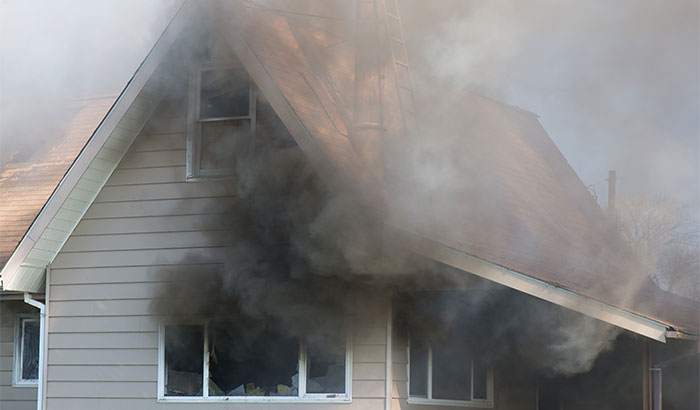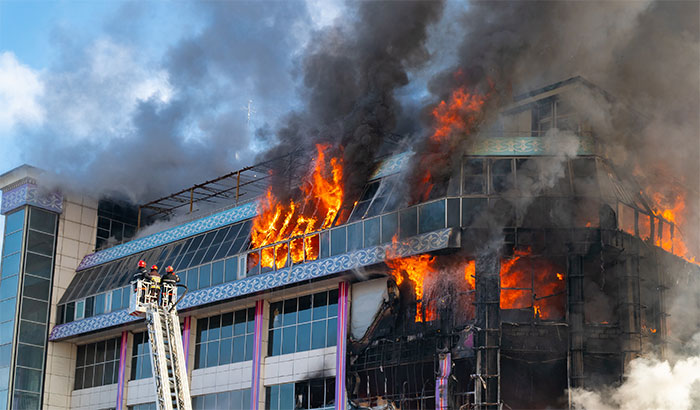
Everything You Need to Know About Utah Flood Restoration
Flood restoration and flood damage cleanup entail various important steps and processes. If you’re dealing with flood damage in Utah, it’s essential to understand what

Flood restoration and flood damage cleanup entail various important steps and processes. If you’re dealing with flood damage in Utah, it’s essential to understand what

Smoke damage refers to the harmful effects caused by exposure to smoke and the substances it carries during various combustion processes. It’s essential to recognize smoke damage as it can seriously affect your property and health.

Sewage damage can be a major headache for homeowners, leading to costly repairs and potential health hazards. To help you prevent such issues, here are 30 things that can cause sewage damage, along with tips on how to avoid them:

In this blog, we’ll discuss the importance of hiring a mold remediation company, the benefits of working with professionals, and more. Learn why hiring a mold remediation company is the right choice for your mold remediation needs.

Smoke damage refers to the harmful effects caused by the byproducts of incomplete combustion. When materials burn, they release particles, gases, and vapors that can

This article will explore 25 ways sewage damage can affect electrical systems. By understanding these impacts, you can proactively mitigate risks and protect your property.

This comprehensive guide will delve into the various aspects of insurance coverage for smoke damage, including the types and effects of smoke damage, insurance policies that cover smoke damage, and more.

This comprehensive guide provides information about water damage repair in Salt Lake City, covering various aspects such as the restoration process, services offered, and more …

Because of the nature of the materials that you may come in contact with in a scenario that contains biohazards, it is crucial that you hire a professional to handle the cleanup process.

Having sewage damage in your home or business is never a fun issue to deal with. It is yucky, inconvenient, and difficult to clean up.